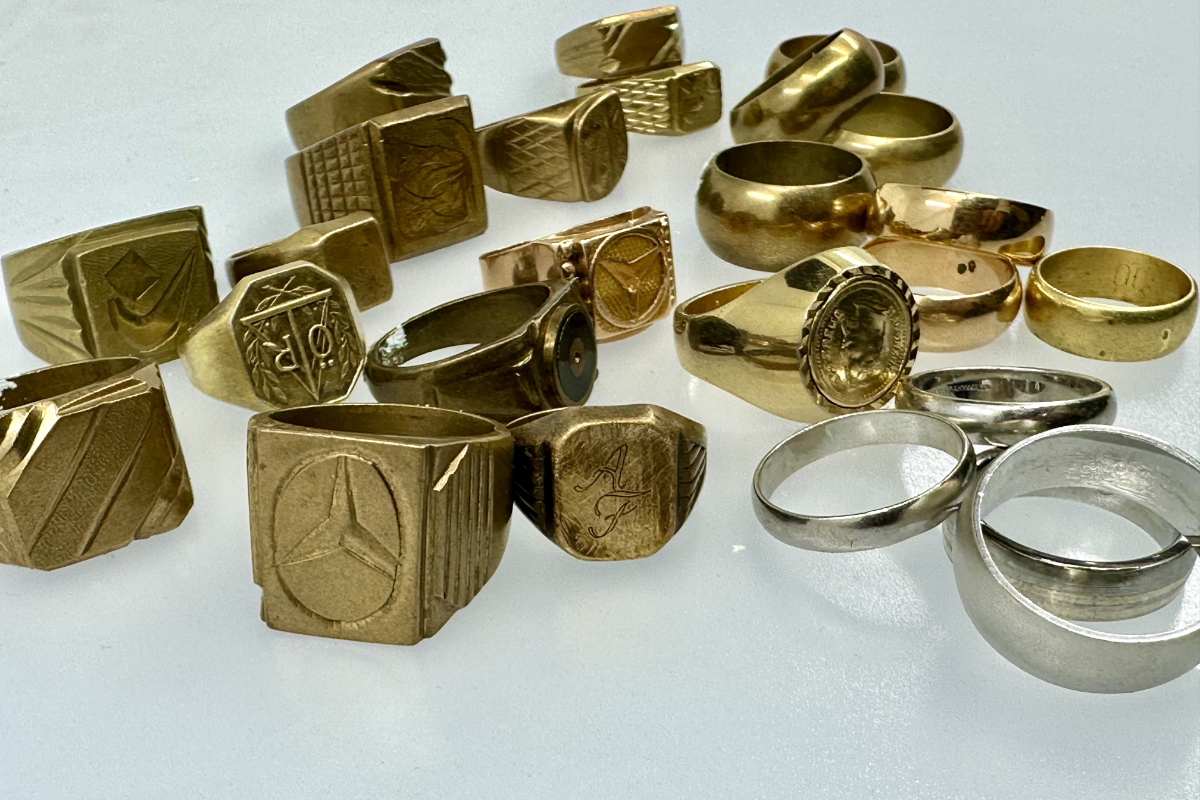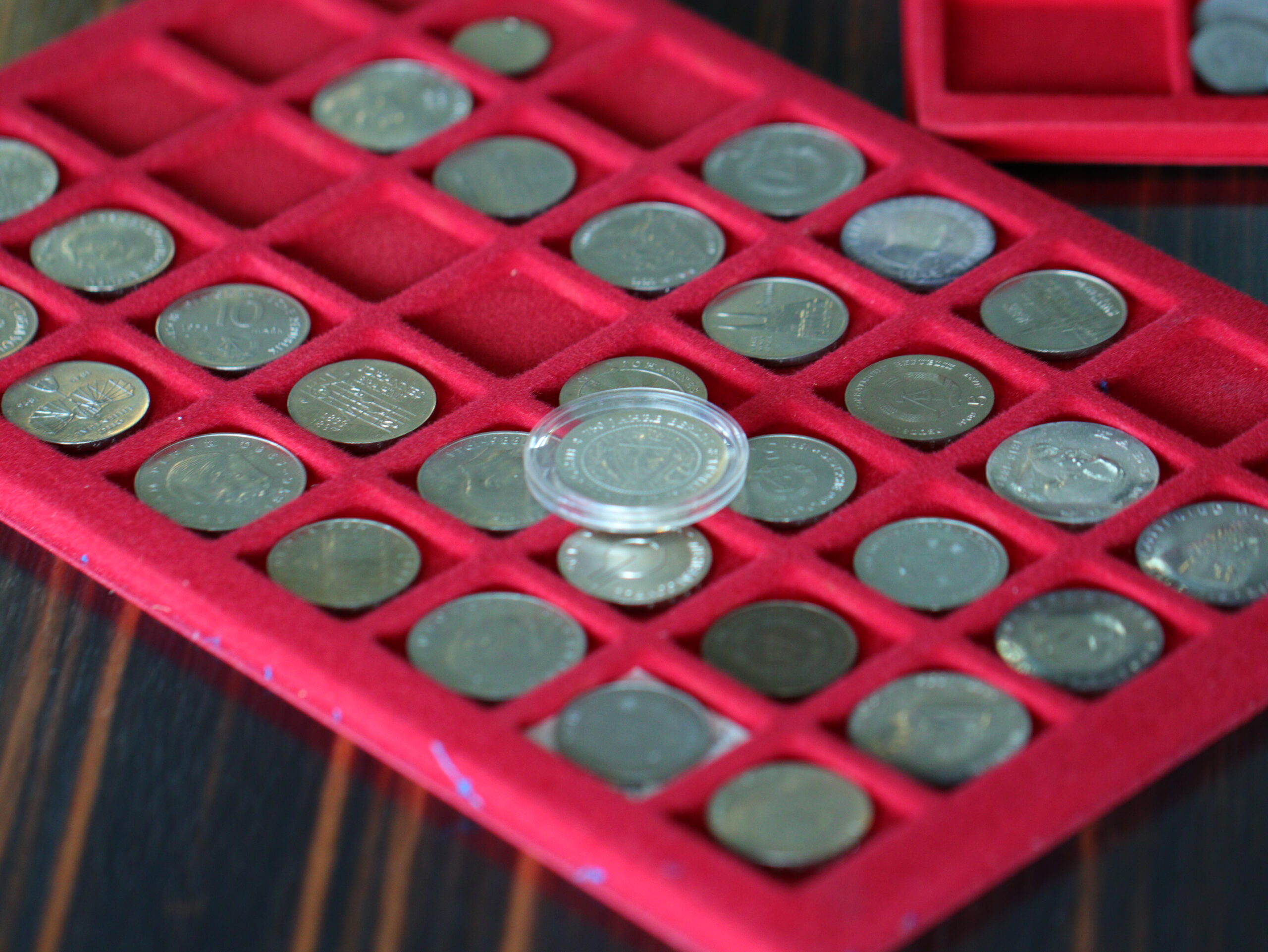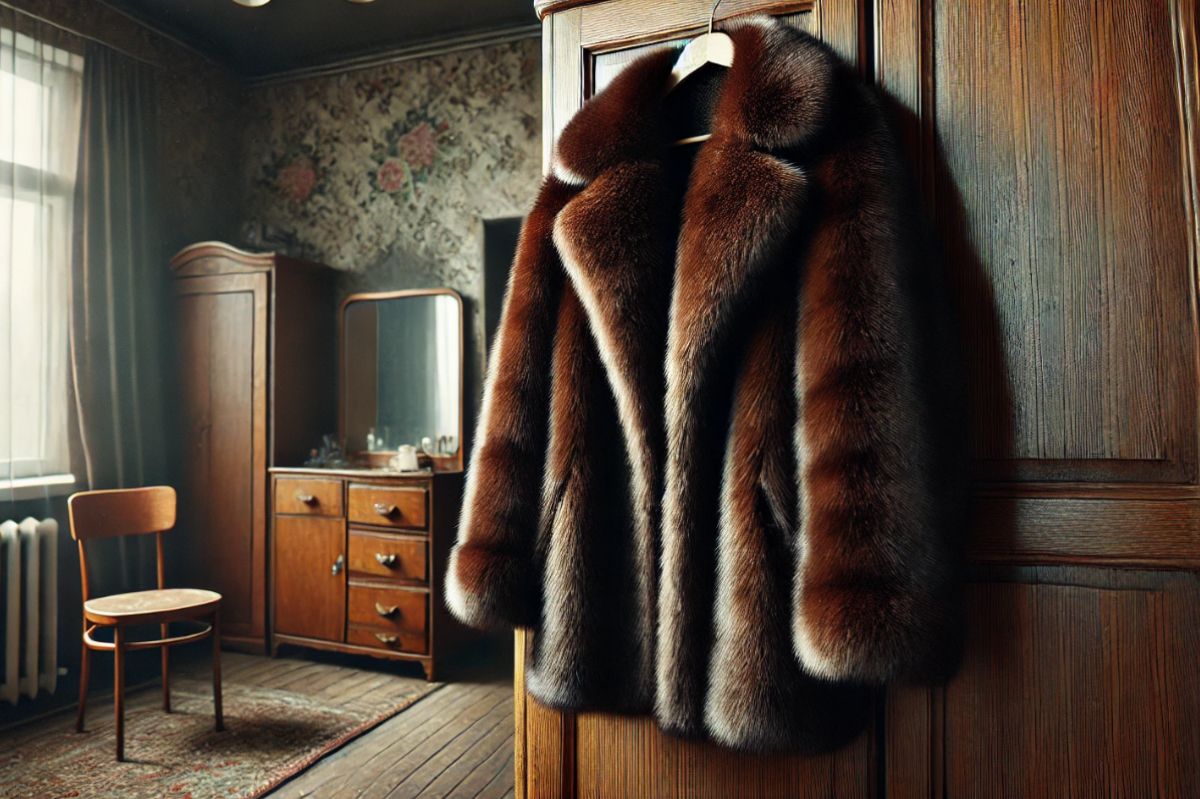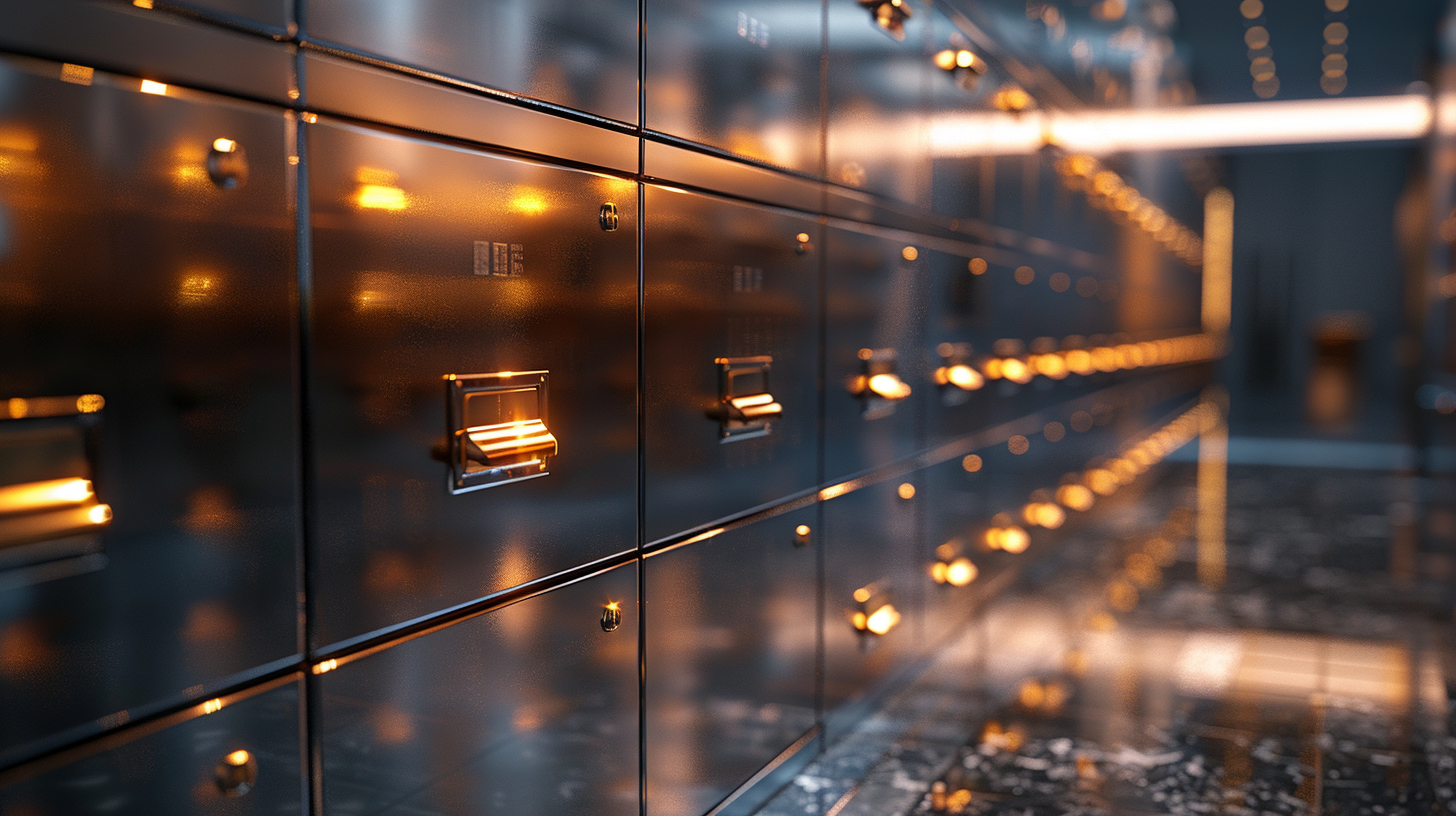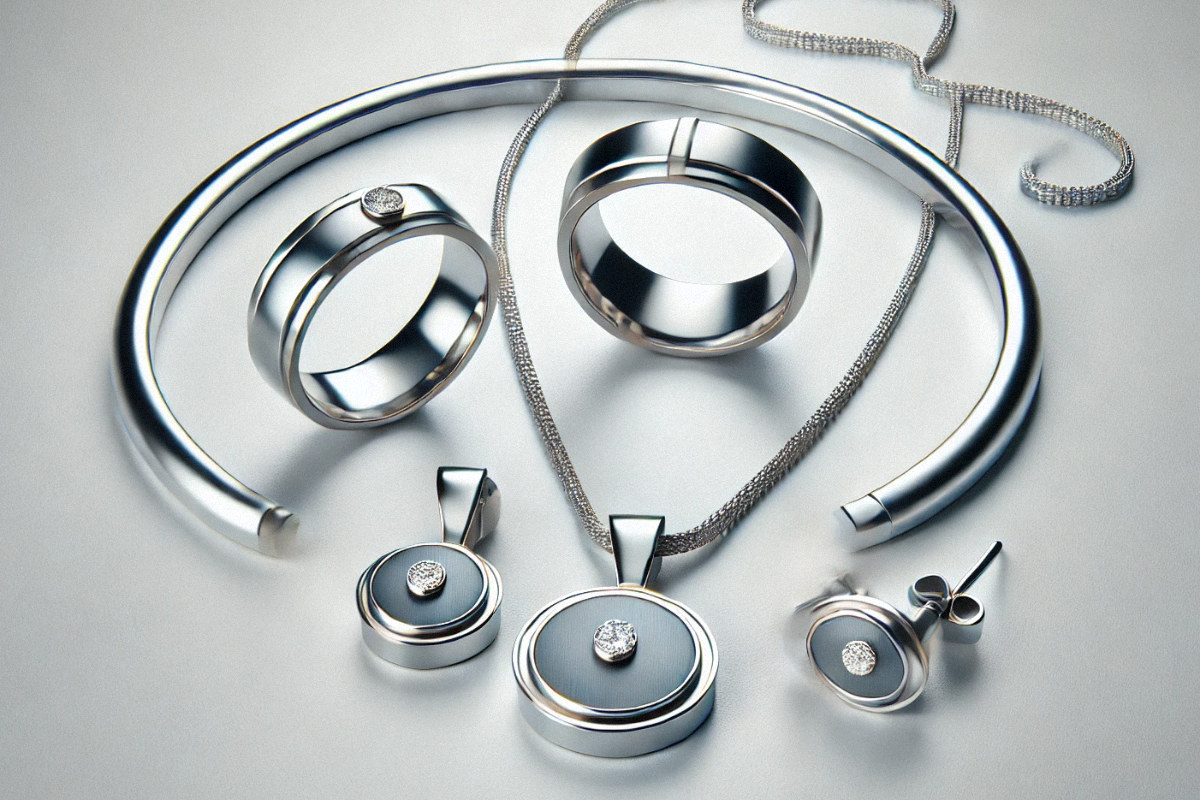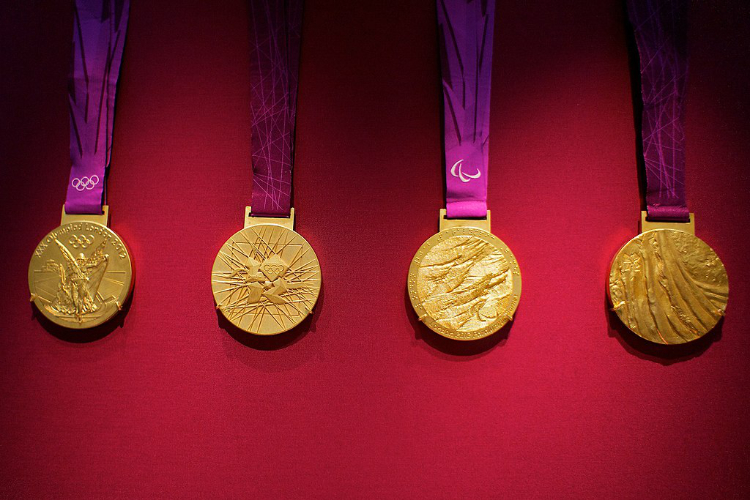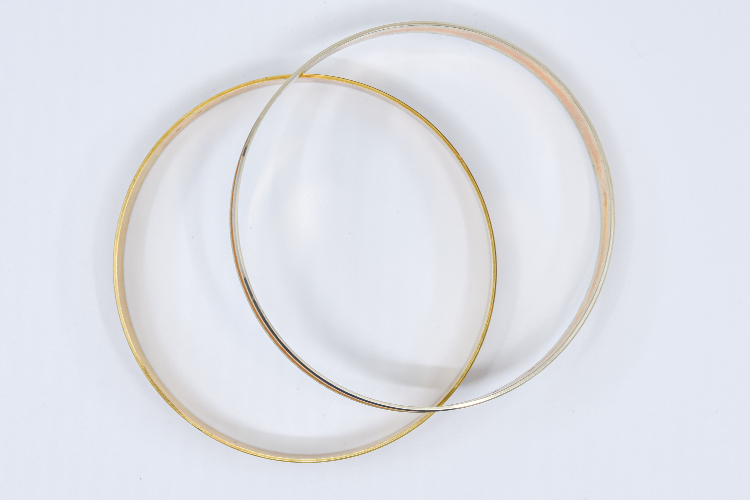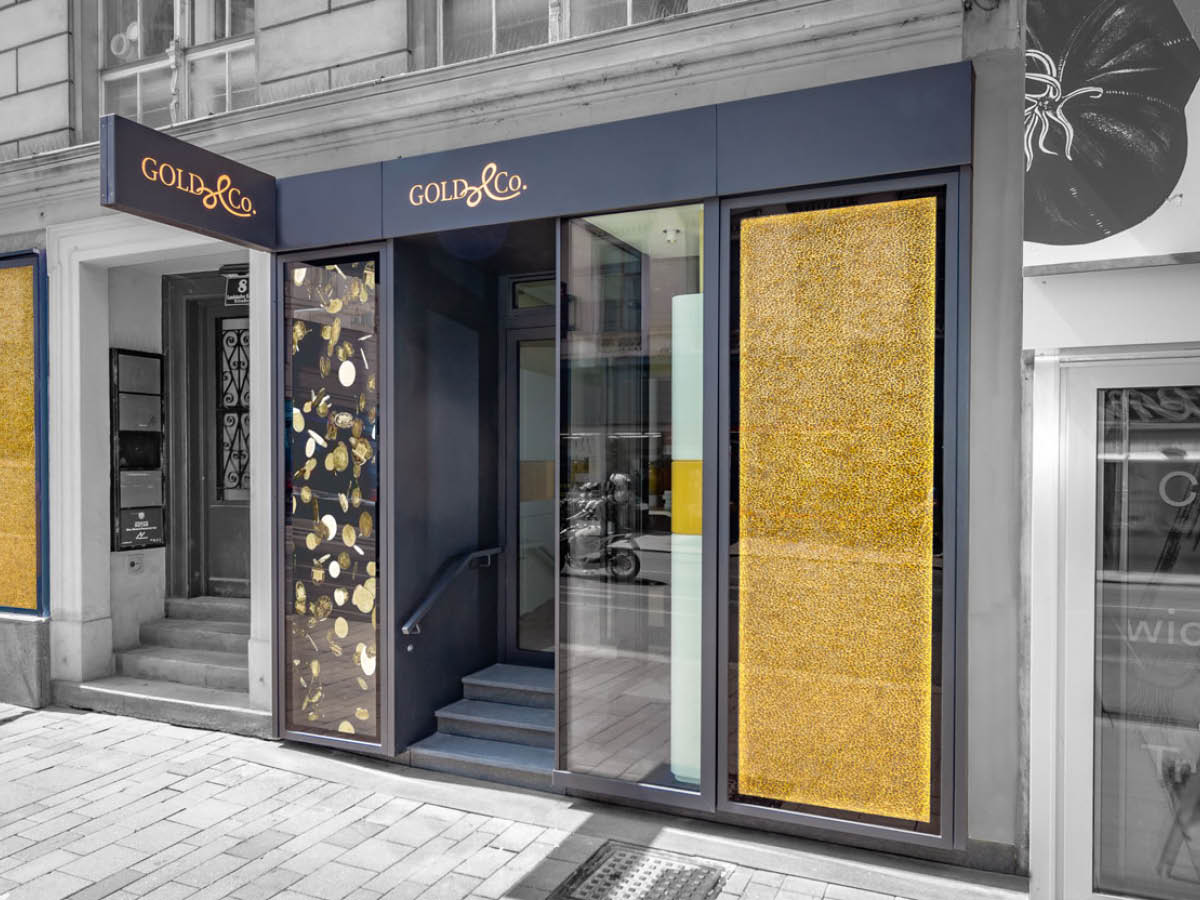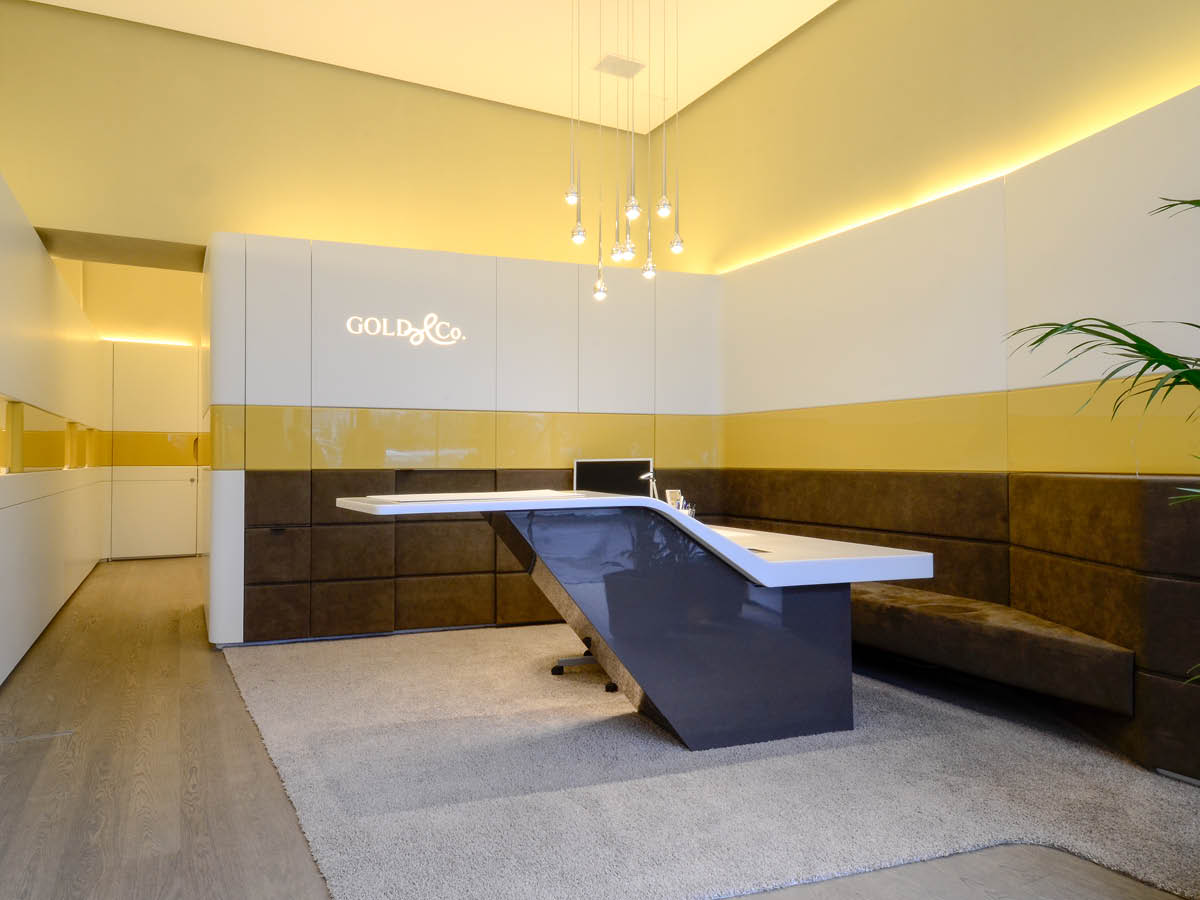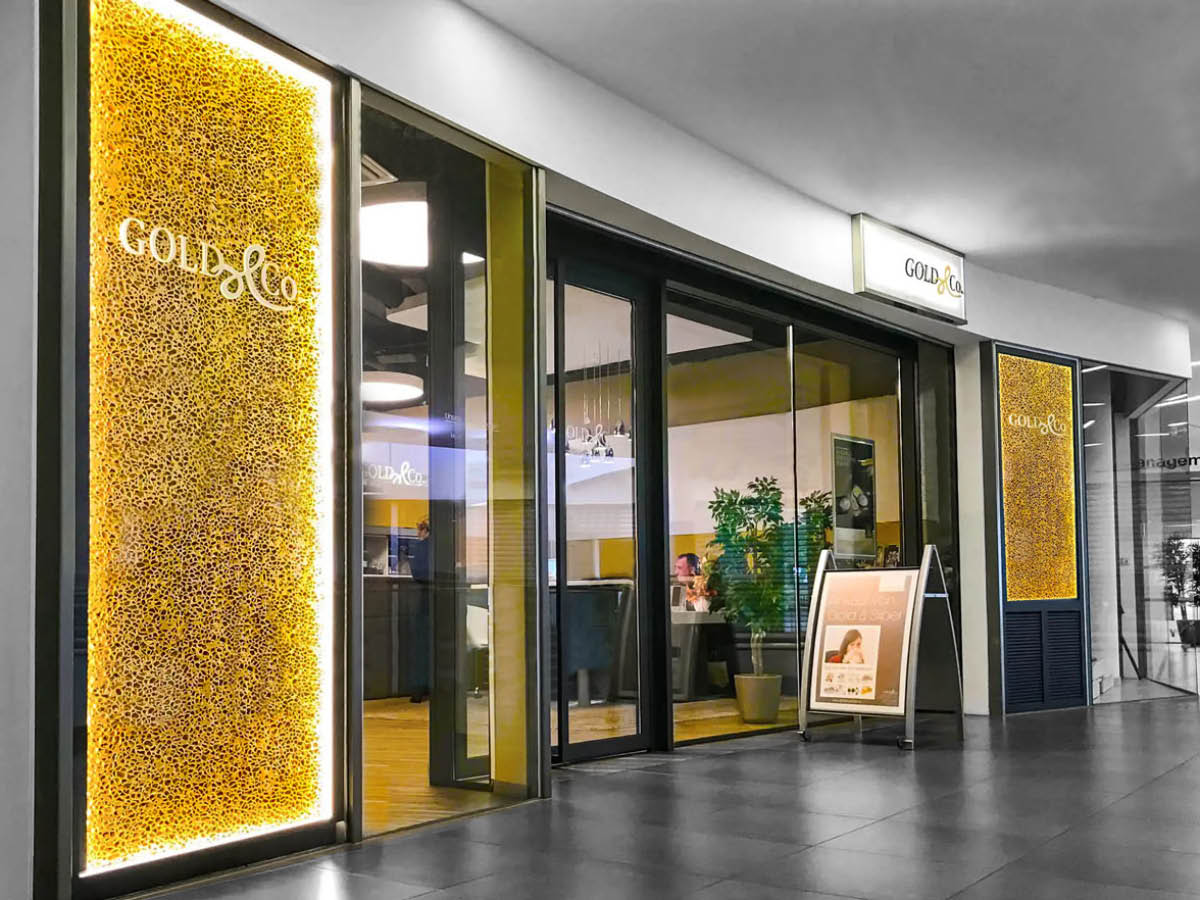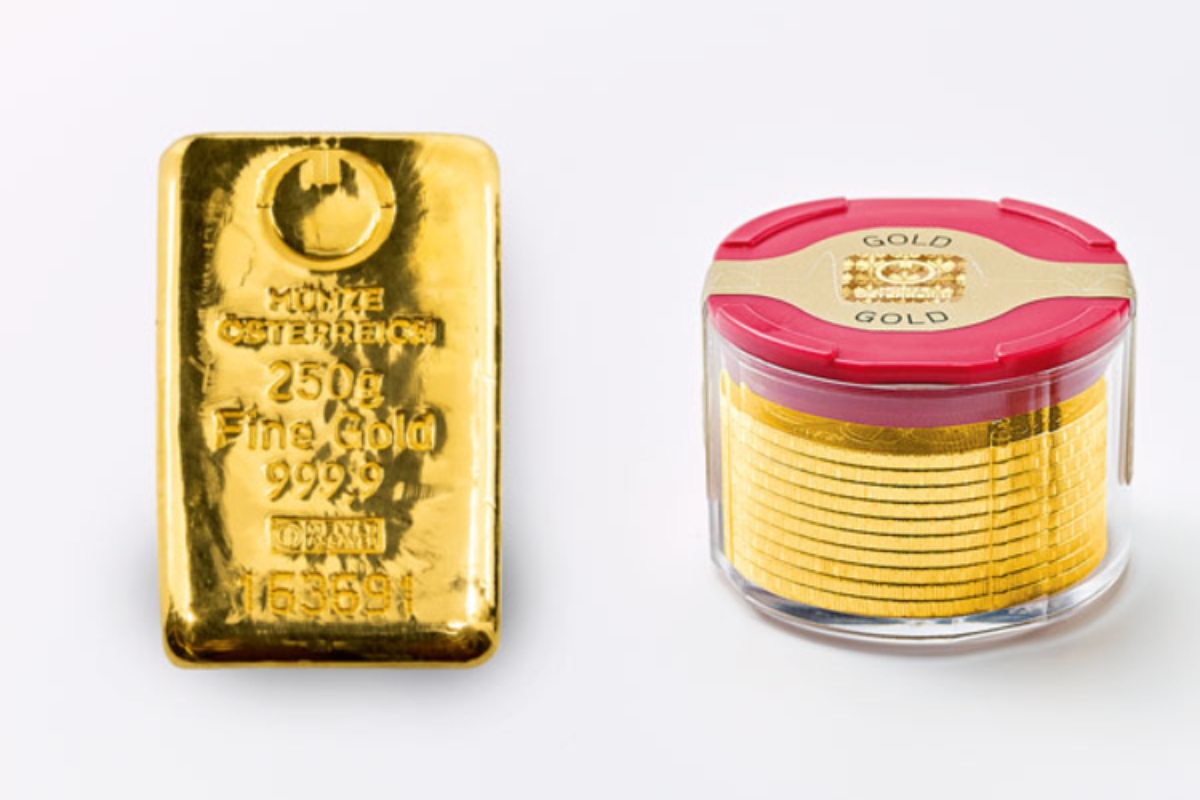
Premium when buying gold & other precious metals
Anyone who buys a gold coin with 1 ounce of fine gold from a precious metal dealer or a bank always pays more than the "gold spot", i.e. the general gold price on the world market, is currently showing. This difference, i.e. the additional cost of buying a gold, silver or platinum coin compared to the current price of the metal, is known as the "premium".
How is the premium made up?
The production, trading and storage of precious metal products incur costs. In addition, precious metal dealers must also make a profit when selling their products in order to run their business.
All these costs are included in the premium that investors pay for physical gold, silver, platinum...
Is the premium always the same?
No, the premiums of different gold, silver or platinum products sometimes differ significantly from one another. In general, it can be said that the premium is usually lower for bars than for coins.
This is for the simple reason that bars generally cost less to produce than minting a coin, and the unit costs also make a difference to the premium. If you buy ten 1/10 ounce gold coins, you will pay more for the same amount of gold than if you buy one 1/1 ounce gold coin.
There is also the market principle of supply and demand. If demand for a physical gold product increases and/or supply decreases, sellers can increase their premiums because buyers are willing to pay them.
When demand for physical gold rose rapidly during the first coronavirus lockdown and there were supply problems with coins and bars as a result, traders were also able to increase their premiums. The availability and marketability of a product also has an influence on price premiums. The premium is lower for common gold coins than for "exotics".
Taxes on gold and other precious metals.
While gold is tax-free in Austria, as in the entire EU, other precious metals (silver, platinum or palladium) are subject to VAT. This alone makes these products more expensive to buy than money.
While the costs of producing, trading and storing silver products are similar to those of gold, they account for a higher percentage in relation to the lower material value.
Usual premiums for gold & silver
In recent months and years, the premiums for gold in common denominations have been between 2% and 5%, whereby the premium for bars has always been lower than that for coins.
For a long time, the premiums for silver products were between 25% and 30%. However, due to the end of the current differential taxation, these rose to up to 50%(!) for silver coins in October.
Buy gold with a small premium
If you want to buy gold and other precious metals with the lowest possible premiums, it is therefore advisable to buy common products in large denominations.
But be careful! The supposedly cheapest offer is not always the best for you and your individual situation. Depending on the goal you are pursuing with your gold investment, other features may be important in addition to the premium. Come to one of our Branch at any time for a personal, non-binding and serious consultation.
In a personal meeting, we will get an idea of your reasons for investing in gold. Based on this, we will work together to develop a denomination that is tailored to your personal requirements, using the most suitable metals for you.

